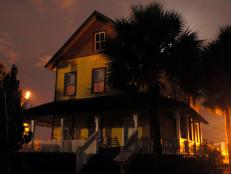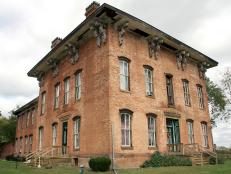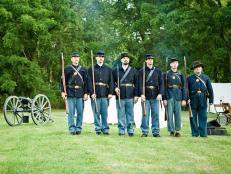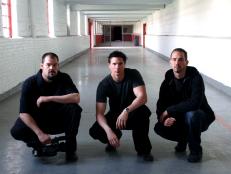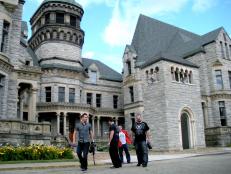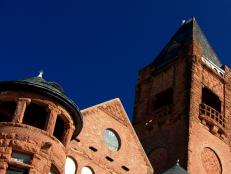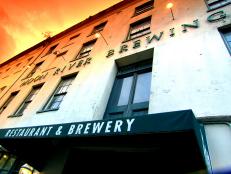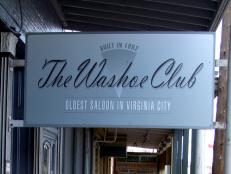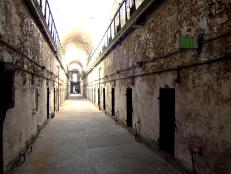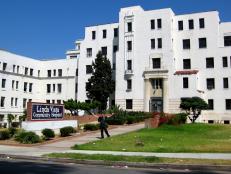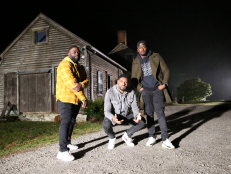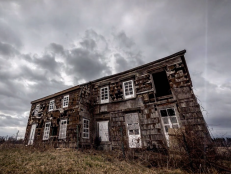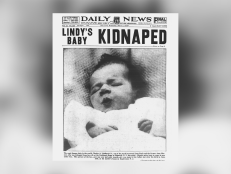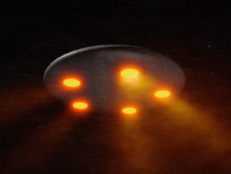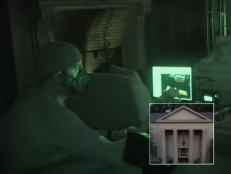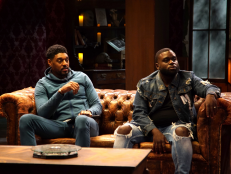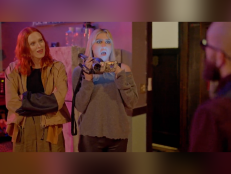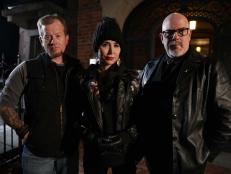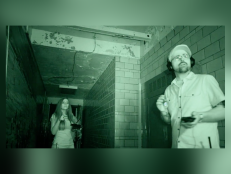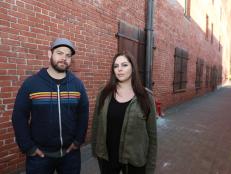Magnolia Plantation Haunted History

In Natchitoches, LA, Magnolia Plantation stands as a grand reminder of the prosperity cotton and tobacco afforded the pre-Civil War American South. The grounds' main plantation house, slaves' quarters, store, blacksmith shop and slave hospital stand just as they did during the 1800s. Established in 1830 by Ambrose Lecomte II and his wife, Julia Buard, to expand the family's cotton production, Magnolia once constituted more than 5,000 acres. Using slave labor, the Lecomtes cleared more than 2,000 of those wooded acres into profit-turning cotton fields. These healthy crops allowed the Lecomtes to expand to two other plantations, with Magnolia serving as their base of operations and home.
Magnolia Plantation weathered better than the other Lecomte plantations. Up until the 1970s people were still picking cotton by hand. The farm didn't last into the 1980s, but the store remained open well into that decade. By 1990, the store had closed and the property was falling into ruin, however Magnolia was saved when in 1994, the plantation was donated to the National Park Service who preserved this haunted historic site.
It is the treatment of the slaves who cleared the land, built the main house and store, and planted and harvested the fields that has left this historic mansion riddled with ghost stories and paranormal activity. Though some would say the slaves at Magnolia were treated humanely, lingering artifacts tell a different story. Leg stocks used for public punishment, humiliation and starvation still stand on the property. There are journal entries from Lecomte family members and foremen that describe hunting escaped slaves all the way to Texas.
In the brick slave quarters, each two-room unit was meant to house an entire family. At times, upwards of 10 family members were crowded into the tiny space. The living conditions were cramped and oppressive, with only a small fireplace for heat and cooking.
Restless Spirits
A form of silent rebellion, the slaves at Magnolia often used voodoo to cast evil wishes on their oppressive masters. The enslaved blacksmiths were tasked with forming the metal Christian crosses that marked the Lecomte family graves. While the crosses were beautifully ornate, they also included West African voodoo symbols hidden within the design.
As the Civil War ravaged the American South, Federal soldiers closed in on Magnolia's main house and turned it into a stronghold. The slave quarters were then named sharecropper housing; however, the lives of slaves did not change much. Instead of being owned property and working only for room and board, the slaves became free sharecroppers, working for script they could only use at the plantation store -- again, mostly for room and board. The enslaved workers continued to use voodoo as spiritual revenge for such an unfair life.
In 1897, Magnolia's main house was rebuilt as an exact replica of the original plantation home that had been greatly damaged during the Civil War. The wood used during this construction was taken from former slave quarters and many believe holds the memories and experiences of the oppressed people that lived there for decades.
Motion detectors on Magnolia's grounds are often triggered without cause. Ghostly apparitions are seen in the main house along with the sounds of disembodied voices. The large evidence of dark voodoo combined with this plantation's sordid history make it one of the most haunted places in the Southern United States.
